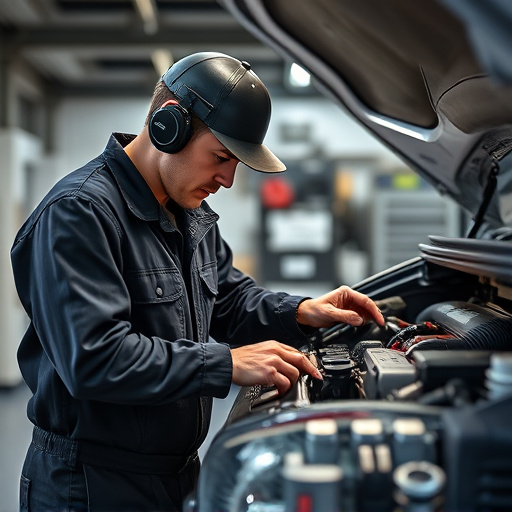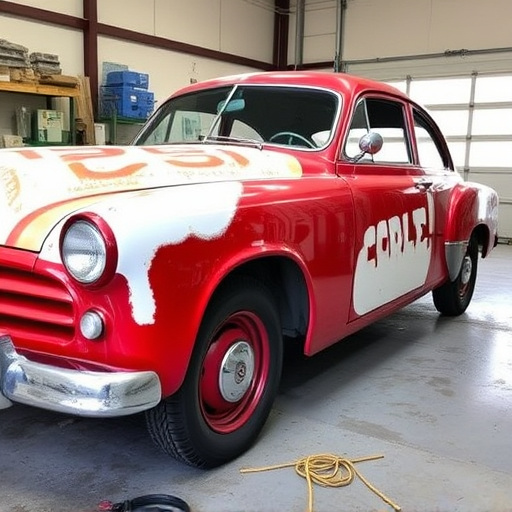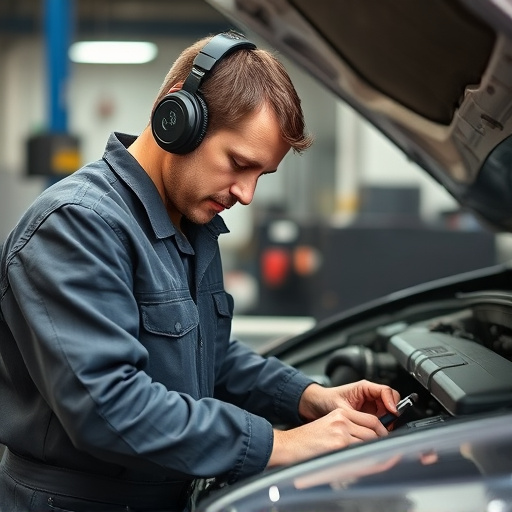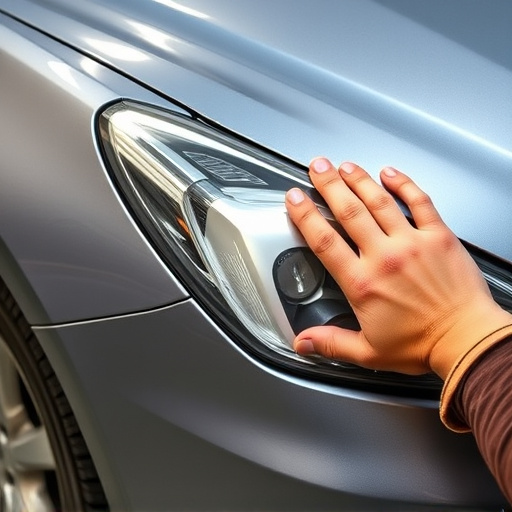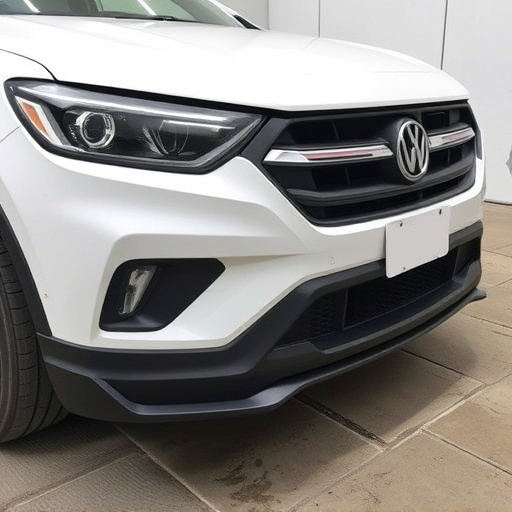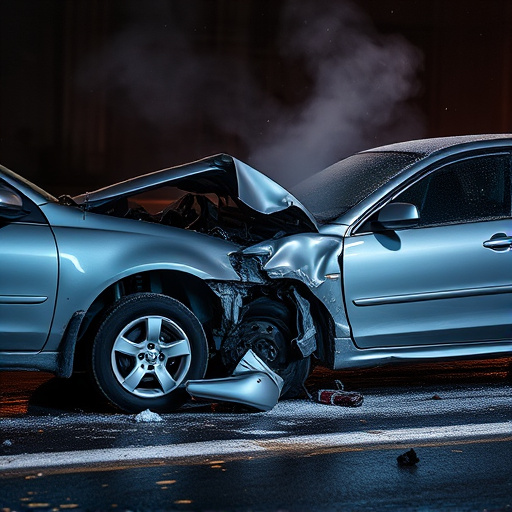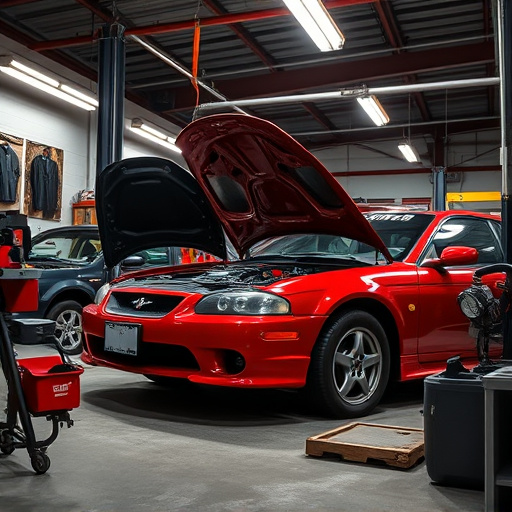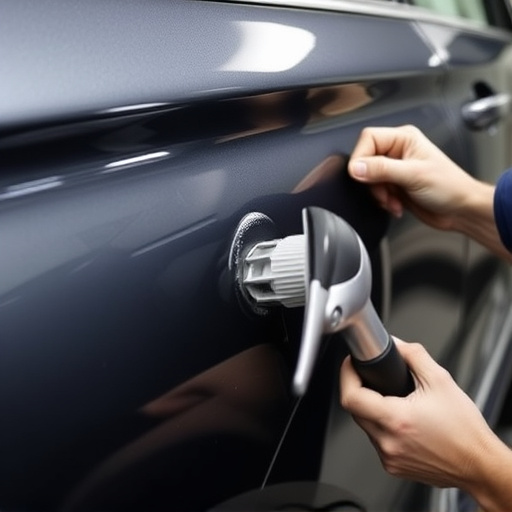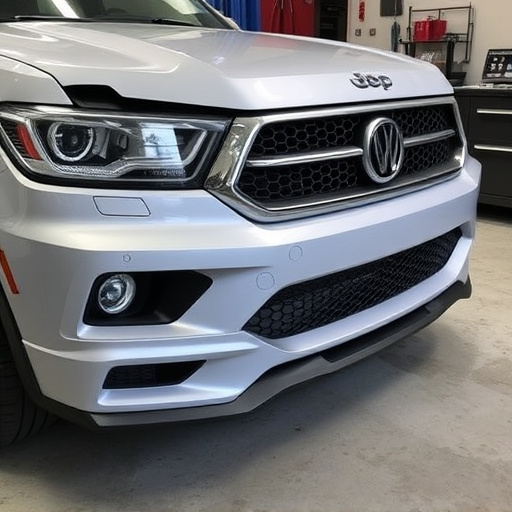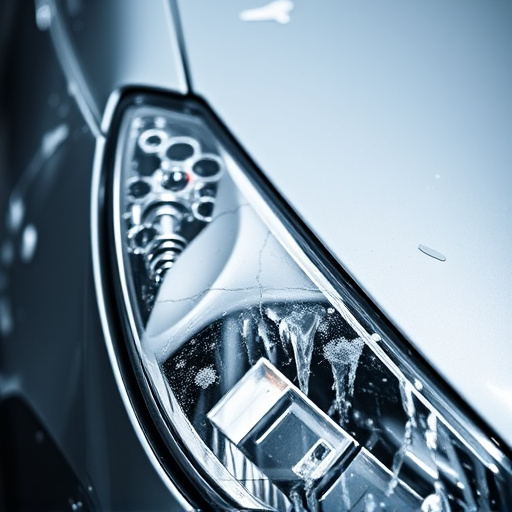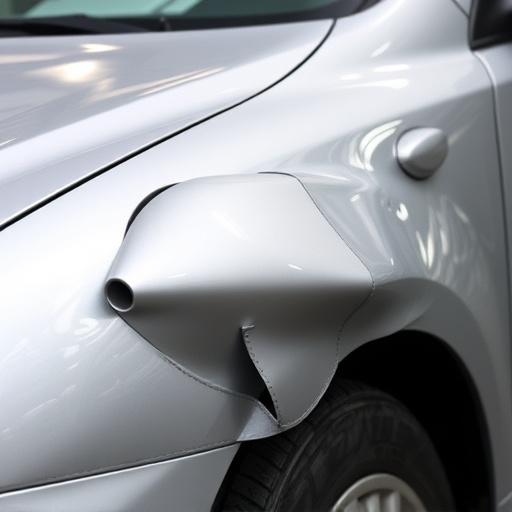A collision repair audit ensures vehicle safety and quality by independent experts evaluating damage extent, estimate accuracy, material quality, and labor adherence to standards. Before the audit, prepare documents, maintain vehicle condition, and anticipate questions on modifications. Shops analyze reports for improvements, resolving disputes through dialogue for enhanced quality and customer trust in the industry.
Planning a third-party collision repair audit visit? Know what to expect. This comprehensive guide breaks down the process, from understanding audit basics to preparing essential documents. We’ll walk you through post-audit steps, dispute resolution, and more. Equip yourself with this knowledge to ensure a smooth experience and get the quality repairs you deserve. Discover the key aspects of a collision repair audit and take control of your vehicle’s restoration.
- Understanding the Collision Repair Audit Process
- What to Bring and Prepare for the Visit
- Post-Audit: Next Steps and Resolving Disputes
Understanding the Collision Repair Audit Process

A third-party collision repair audit is a meticulous process designed to ensure that auto body repairs meet high standards. During this visit, trained professionals from an independent organization assess every aspect of the car collision repair work, including the extent of damage, the accuracy of estimates, and the quality of materials and labor used in the repair or restoration of the vehicle, such as car body restoration and auto painting.
This audit process involves a detailed inspection, comparison against industry best practices, and verification that all repairs have been carried out correctly. It’s not just about checking if the car looks good; it encompasses structural integrity, safety standards, and adherence to manufacturer guidelines. The goal is to guarantee that the vehicle is not only visually appealing but also safe for the road following a collision, ensuring peace of mind for both policyholders and their insurance providers.
What to Bring and Prepare for the Visit

Before your third-party collision repair audit visit, take some time to prepare. Collision repair audit professionals will want to see a comprehensive view of the car damage repair process, so bring along any relevant documentation and records related to the accident and subsequent repairs. This includes insurance claims, estimates from various repair shops, and any correspondence with your insurance provider. Having these documents readily available ensures a smoother inspection process.
Additionally, consider the state and condition of your vehicle, especially if it’s a luxury vehicle that requires meticulous care during the car paint repair process. Ensure your car is clean and well-maintained to provide an accurate assessment of the repairs made. Prepare yourself to answer questions about any modifications or aftercare practices implemented for both cosmetic and structural car damage repair.
Post-Audit: Next Steps and Resolving Disputes

After a thorough collision repair audit, the next step is to understand and implement any recommended changes. The audit report will detail findings and provide insights into areas that need improvement, whether it’s in communication, work quality, or adherence to industry standards. Auto body repair facilities should review these notes carefully, acknowledging both the strengths and weaknesses identified during the process. This self-reflection is crucial for continuous improvement and ensuring compliance with industry best practices, especially when it comes to complex tasks like paintless dent repair.
In cases where there are disputes or disagreements regarding the audit findings, open communication channels become vital. Facilitating dialogue between the third-party auditor and the repair shop management can help resolve these differences. By addressing concerns, clarifying misunderstandings, and making necessary adjustments, the facility can demonstrate a commitment to quality and customer satisfaction. This proactive approach not only strengthens relationships but also ensures that any outstanding issues are effectively resolved, fostering trust and transparency in the collision repair industry.
A third-party collision repair audit visit is a crucial step in ensuring fair and accurate restoration of your vehicle. By understanding the process, preparing accordingly, and knowing the post-audit steps, you can navigate this checklist with confidence. Remember, a well-prepared collision repair audit enhances transparency and quality control, ultimately benefiting you as a consumer. So, whether you’re expecting an audit or already planning one, these insights will empower you to make informed decisions every step of the way.
